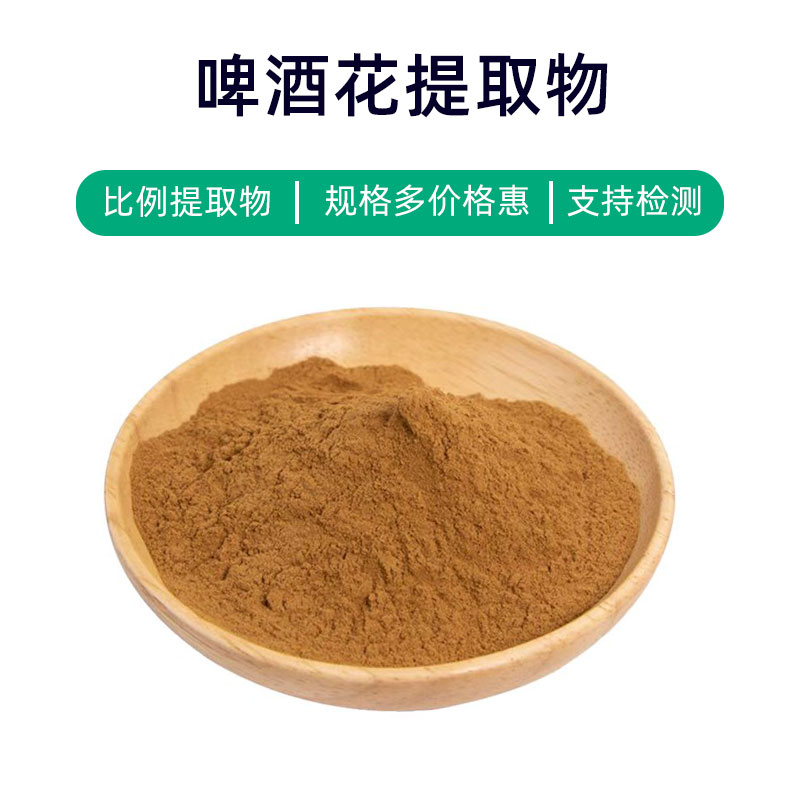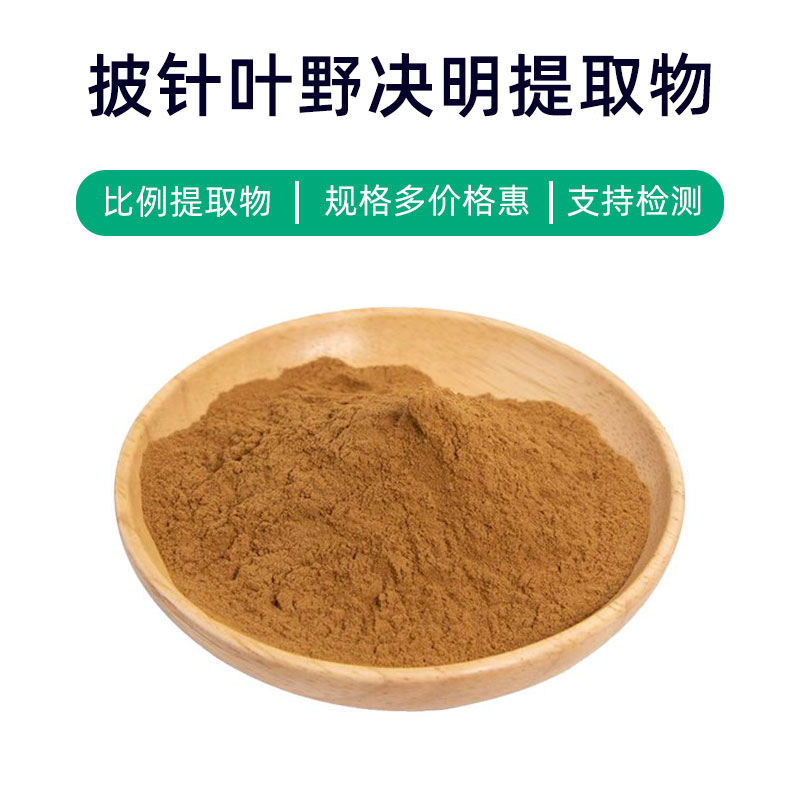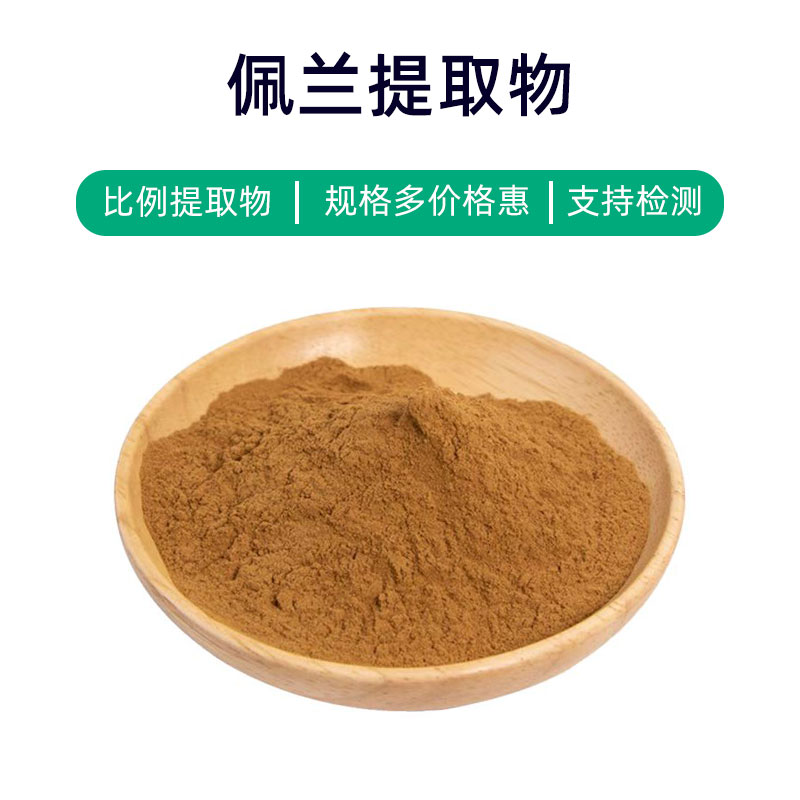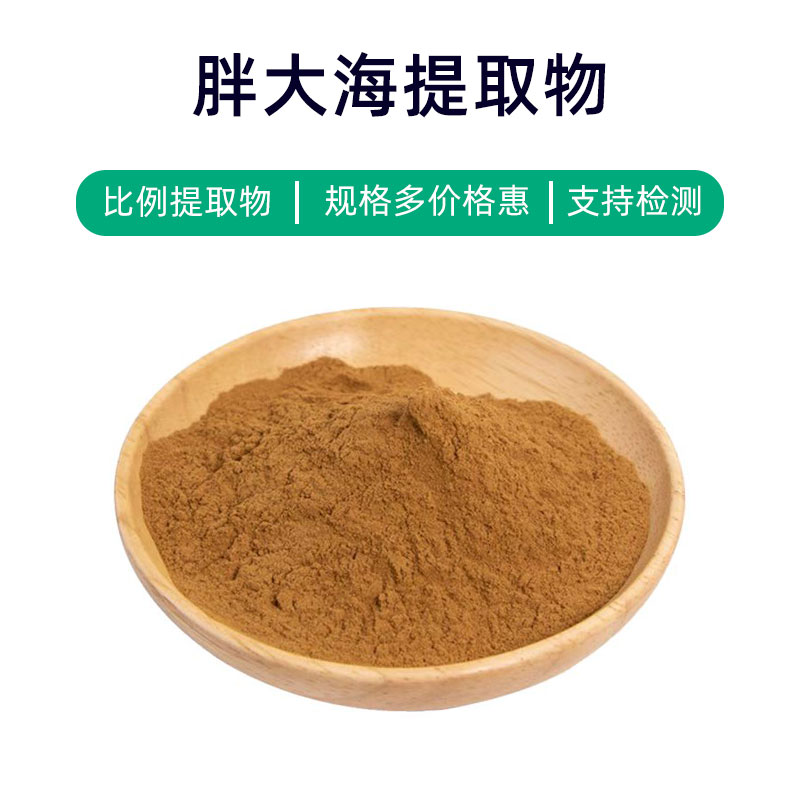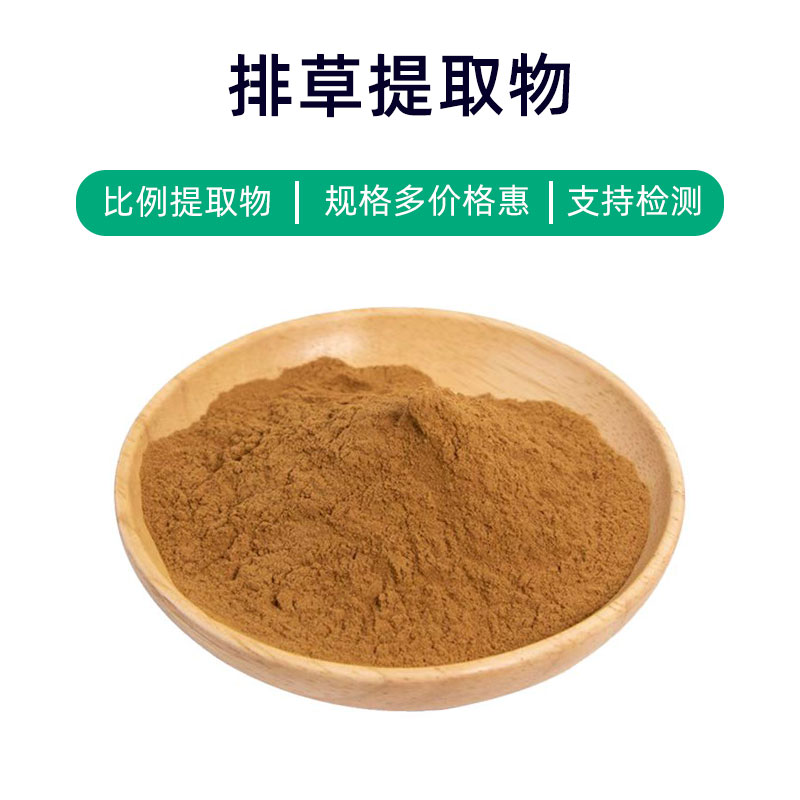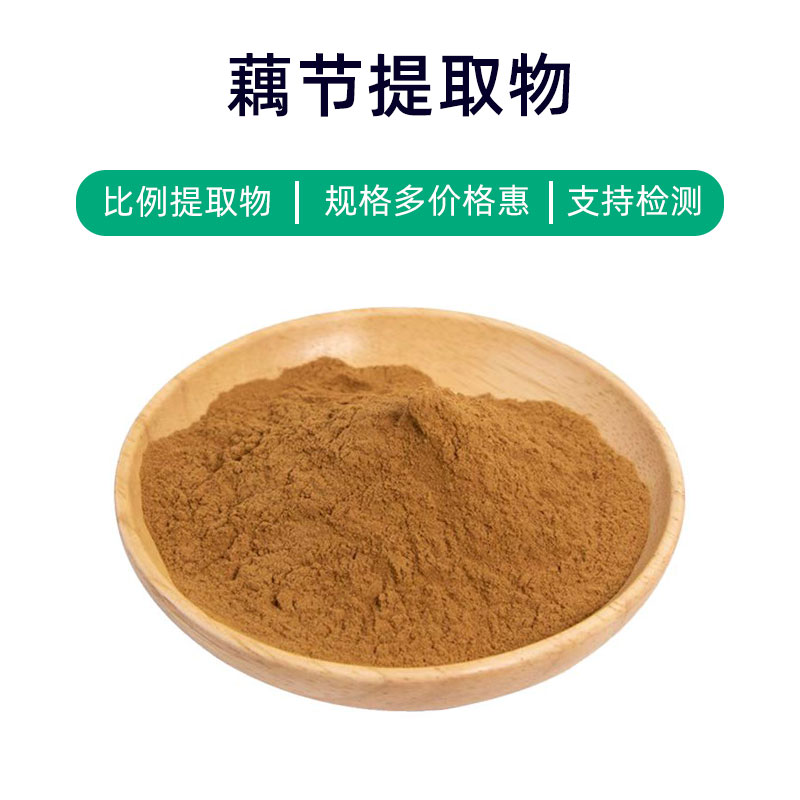Introduction to Cassia Seed Extract
Cassia Seed Extract is a natural plant extract derived from the seeds of the Cassia plant. Its primary components include Rhein, Chrysophanol, Emodin, and anthraquinone compounds. It is widely utilized in the fields of medicine, health supplements, and cosmetics.
Cassia Seed Extract has various benefits. Traditionally, it is used for clearing heat and reducing internal heat, helping to alleviate discomfort such as dry mouth and thirst. Additionally, it has nourishing and moisturizing properties that can improve dry and rough skin. Furthermore, Cassia Seed Extract has been found to have lipid-lowering and blood pressure-regulating effects, contributing positively to cardiovascular health.
In the medical field, Cassia Seed Extract is commonly used to prepare medications aimed at clearing heat and regulating blood lipid levels, such as Cassia Seed tea and granules. In dietary supplements, it is made into liquid or capsule forms for balancing internal heat and moisturizing skin. In cosmetics, it is often included in skincare products like creams, lotions, and face masks, providing soothing qualities and regulating oil secretion, making it suitable for dry, oily, and sensitive skin types.
Production Process of Cassia Seed Extract
The production process for Cassia Seed Extract generally includes the following steps:
- Raw Material Preparation: Select fresh Cassia seeds as raw materials, wash to remove impurities, and allow to dry. Ensure the quality of raw materials meets standards, as this affects the quality and purity of the final extract.
- Crushing and Grinding: Process the prepared Cassia seeds by crushing or grinding them into a powdered form to enhance extraction efficiency.
- Solvent Extraction: Extract the Cassia powder using an appropriate solvent (such as ethanol or water) through steeping, retaining the extract.
- Filtration and Separation: Filter the extracted solution to remove residues and impurities, obtaining a clear extract.
- Concentration and Evaporation: Concentrate the extract by evaporation to remove the solvent, enhancing the purity of the solution's active ingredients.
- Cooling and Crystallization: Subject the concentrated extract to cooling and crystallization to assist in separating and purifying the desired components.
- Drying the Finished Product: Dry the crystallized extract to remove excess moisture, resulting in a dry extract.
- Crushing and Screening: Grind and screen the dried extract to ensure uniform particle size that meets specifications.
- Packaging and Storage: Package the extract and store it in suitable conditions to maintain its quality and stability.
Each step of the production process requires strict control over various parameters to ensure stable product quality that meets relevant standards and regulations.
Effects and Side Effects of Cassia Seed Extract
Cassia Seed Extract is widely used in both traditional Chinese medicine and modern pharmacology, offering a range of benefits:
- Clearing Heat: It functions to clear heat and detoxify, suitable for various inflammatory conditions arising from heat toxicity.
- Promoting Bowel Movement: Rich in plant and dietary fiber, it promotes intestinal motility, increases stool bulk, and alleviates constipation.
- Liver and Eye Health: It helps to clear liver heat and brightens the eyes, improving issues like dryness and blurred vision due to liver heat or eye fatigue.
- Weight Loss and Lipid Regulation: Contains components that can lower blood lipids and promote fat breakdown, assisting in weight control and blood lipid regulation.
- Antioxidant Properties: Rich in natural antioxidants like flavonoids and polyphenols, it helps to eliminate free radicals, delay aging, and protect cell health.
- Blood Sugar Regulation: It can help to modulate blood sugar levels, aiding in better blood glucose control in diabetic patients.
Cassia Seed Extract is generally safe, but there are some precautions:
- Dosage Control: Use according to recommendations from healthcare providers or product guidelines to avoid adverse reactions from excessive use.
- Individual Differences: Responses to Cassia Seed Extract may vary among individuals, and some may experience allergic reactions, necessitating cessation of use.
- Caution for Pregnant Women and Children: Use should be approached with caution, preferably under medical supervision, to avoid adverse effects on fetuses or children.
Overall, as a natural herbal extract, Cassia Seed Extract offers various benefits when used appropriately. However, consumers should read product literature carefully and follow healthcare professionals' advice.
Application Scenarios and Dosage of Cassia Seed Extract
Cassia Seed Extract finds wide applications in medicine, food, and cosmetics. The following outlines its application scenarios and dosages:
- In the Medical Field:
- Used in traditional Chinese medicine formulations, such as granules and capsules, for clearing heat, promoting bowel movement, and aiding weight loss.
- Dosage: Generally, adults take 5-10 grams orally per dose, 2-3 times daily; children's dosages should be half.
- In the Food Industry:
- Utilized in health foods and functional foods, such as Cassia Seed tea and liquid extracts.
- Dosage: Follow the product guidelines or medical advice, typically consumed 1-2 times daily before or after meals.
- In Cosmetics:
- Commonly added to products like cleansers, masks, and skincare items, providing cleansing, antioxidant properties and soothing effects.
- Dosage: Varies by product type and benefits; generally follows product instructions or cosmetic professional recommendations.
- Oral Liquid Formulation:
- Used for treating constipation and clearing heat-related gastrointestinal issues, suitable for both adults and children.
- Dosage: Adults typically take 10-20 milliliters per dose, 2-3 times daily; pediatric dosages should be adjusted based on age and weight.
- Topical Patches:
- Used for treating skin inflammation and pain, applied directly to the affected area.
- Dosage: Depending on the patch size and area affected, apply appropriately, generally once or twice daily.
The application scenarios and dosages of Cassia Seed Extract vary across different fields, so choices should be made based on specific circumstances and product instructions, adhering to guidance from healthcare professionals to avoid adverse reactions.
Plant Source, Distribution, and Growth Environment of Cassia Seed
Cassia Seed (scientific name: Cassia obtusifolia L.) is a herbaceous plant belonging to the legume family and is a common material in traditional herbal medicine. Below is an introduction to the plant source, distribution, and growth environment of Cassia Seed:
- Source Plant:
Cassia Seed is an annual or biennial herb with significant medicinal value. The plant typically grows to a height of about 30-60 centimeters, with compound leaves made up of oval-shaped leaflets that are blunt at the top and wedge-shaped at the base. The flower clusters are yellow and can be found in the leaf axils or at the tips of branches. - Distribution:
Originally from India, China, Sri Lanka, and Southeast Asia, it is widely distributed in tropical and subtropical regions of Asia. In China, it is primarily found in the Yangtze River Basin, Yellow River Basin, and Southern provinces such as Hunan, Hubei, Guangdong, and Guangxi. - Growth Environment:
Cassia Seed thrives in warm and humid climates and demonstrates strong adaptability with a long growing season. The optimal growth temperature is between 20-30 degrees Celsius, with minimal soil requirements; it prefers loose, fertile, well-draining soil. Regions where Cassia Seed grows typically receive ample rainfall and sunlight, providing good growth conditions.
Cassia Seed is often found along field borders, wastelands, roadsides, and paths, making it a common wild plant. The seeds quickly root and sprout once they fall to the ground, growing rapidly. Under suitable conditions, Cassia Seed can grow continuously and flower and seed during appropriate times.
As an important medicinal plant, both the seeds and leaves of Cassia Seed possess medicinal value, and it sees widespread application in traditional Chinese medicine and food processing.
Processing and Storage of Cassia Seed Extract
Processing of Cassia Seed Extract mainly involves the following steps: First, the collected seeds are washed and dried to remove surface impurities and moisture. Next, the dried seeds are crushed or ground to enhance extraction efficiency. Then, the seeds are extracted using suitable solvents (like water or ethanol) to obtain the extract solution. Finally, through a series of processes including concentration, filtration, infusion, and drying, the final Cassia Seed Extract is produced.
For storage, Cassia Seed Extract should be kept in a cool, dry, and well-ventilated environment, protected from direct sunlight and high temperatures. Additionally, care should be taken to prevent moisture and contact with harmful gases to maintain its quality and stability. It is generally recommended to store in sealed containers and regularly check during storage to ensure product quality.
Monica Sun is a seasoned expert in the plant extraction industry with over a decade of experience in research and production. She specializes in the extraction and purification of plant active ingredients, focusing on driving innovation in natural product applications. Monica has participated in the development of multiple functional plant extracts, delivering high-value natural raw material solutions for the health food, pharmaceutical, and dietary supplement sectors.









